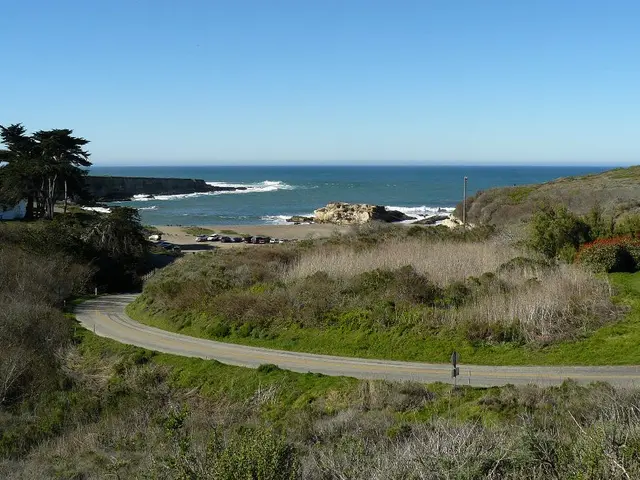Glaciers Face Crisis: Virtual Reality Offers Hope for Tourism
Glaciers, once a major draw for tourists, are now facing a crisis due to climate change. As they melt at an accelerating rate, many are expected to disappear in the coming decades. This poses challenges for local communities that rely on them for income, and for tourists who seek to experience these natural wonders. However, virtual reality and other innovative approaches offer hope for preserving the appeal of glaciers.
Virtual reality is emerging as a solution to this problem. It allows for the reconstruction of disappearing glaciers and the visualization of their future evolution. This technology can provide visitors with an immersive experience, even when the actual glaciers are no longer accessible.
Geotourism, which focuses on the geological and geomorphological features of a place, is another potential solution. By understanding the history and natural processes of these areas, visitors can appreciate their value even as the glaciers recede. Furthermore, dark tourism, which involves visiting places linked to natural disasters or tragic events, offers a way to transition from 'last-chance tourism' to a new kind of experience. Tour operators can promote visits to these sites, even as the glaciers disappear.
While the melting of glaciers poses significant challenges, innovative solutions like virtual reality, geotourism, and dark tourism offer hope for the future of glacier tourism. These approaches can help maintain activities around the idea of glaciers, even when the actual glaciers are no longer the main attraction or they have disappeared. An anticipative approach is necessary to ensure the sustainability of this sector.
Read also:
- Increase in Electric Vehicle Charging Stations Across U.S., But Is It Sufficient?
- Tesla's Semi-Truck enters partnership with Uber Freight, aiming to accelerate the usage of electric trucks.
- The current status of green hydrogen for developing countries following the wave of hype: Assessment of remains
- Rapid Growth in Bio-based Polypropylene Sector Anticipated at a Compound Annual Growth Rate of 26.5% by 2034








